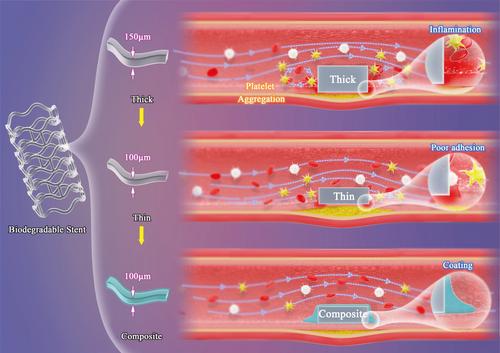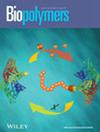Bioresorbable Composite Polymeric Stents: Alleviating Deployment Damage and Maintaining Significant Mechanical Properties
Abstract
The latest-generation Poly(L-lactic acid) (PLLA) based fully bioresorbable stents (BRS) are facing a grave challenge due to their higher clinical risk of post-implantation. There is consensus that the strut thickness of BRS far exceeds that of metal stents; this is the main reason for the poor clinical outcomes. Therefore, overcoming the gap in mechanical properties between PLLA and metal, and effectively reducing the strut thickness of BRS without sacrificing mechanical properties, is a research priority. In this paper, the vital structural weakness of BRS causing the poor mechanical properties was discovered from the preparation process. We proposed the use of an elastomeric coating to alleviate the damage in weakness during deployment. Experiments and numerical simulations conducted on PLLA stents with and without poly(L-lactide-co-ε-caprolactone) (PLCL) coating have confirmed that they can reduce stress concentration during deployment. The composite stents exhibit higher radial supporting capability after deployment. Significantly, the radial strength of the 100 μm thin-strut stent increased by 31%, up to 1061.8 mmHg. Moreover, in vivo animal experiments conducted on rabbits show encouraging biocompatibility and effectiveness of the composite stents. Our work provided a pure thin-strut PLLA stent with superior mechanical properties and biocompatibility, which can become a reliable platform for future research and clinical applications of BRS.


 求助内容:
求助内容: 应助结果提醒方式:
应助结果提醒方式:


